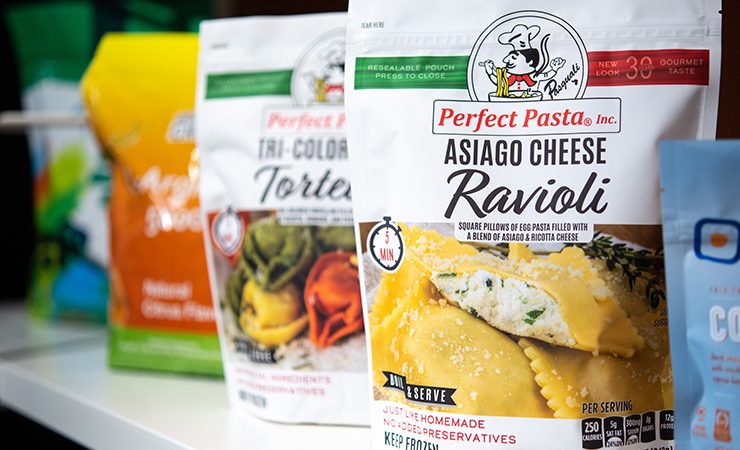ePac Flexible Packaging, the globally located digital manufacturer of flexible packaging, has stated its intent to ‘advance our digital capabilities’ in order to enhance ‘efficiency and quality’.
The company has a storied past, having been founded in 2016 as a digital-native flexible packaging manufacturing business established to serve small and medium-sized enterprises. Over the following years, the company has expanded to almost all corners of the world and invested heavily in its digital manufacturing footprint. This has leaned heavily on HP Indigo’s LEP digital offset printing process and associated converting. Advances in hardware and software and an evolving application landscape for digital flexible packaging have seen longer runs added to the ePac product portfolio.
Looking further ahead, Jeff Jacobs, vice president of marketing at ePac Flexible Packaging, commented, ‘In 2024, [we are] committed to advancing our digital capabilities to enhance the efficiency and quality of our flexible packaging manufacturing. We anticipate an increased integration of smart technologies and data analytics to optimise production processes. Additionally, we plan to explore innovations in digital printing technologies that can offer sustainable and customisable packaging solutions.’
As previously mentioned, advances in end-use applications for digitally-produced flexible packaging are allowing ePac and others to target more of the market.
‘We see significant growth potential in the food and beverage, coffee, pet food, health and wellness, and e-commerce sectors,’ continued Mr Jacobs. ‘The demand for short-run, high-quality and variable data printing continues to rise in these markets. As consumer preferences evolve, our digital solutions provide the agility needed to meet the diverse demands of these industries.’
Such growth potential won’t be without challenges, such as global supply chain disruptions, raw material availability and regulatory changes that are notable external influences outside converters’ control. Economic uncertainties and geopolitical events also pose challenges and could affect production timelines and costs.
As noted by Mr Jacobs, ‘To mitigate external challenges, we are actively diversifying our supply chain, fostering strategic partnerships, and closely monitoring regulatory developments.
‘Our investment in technology and infrastructure allows us to adapt swiftly to market changes. Moreover, maintaining open lines of communication with clients and suppliers helps us stay agile and responsive.’
The views of Mr Jacobs and ePac’s plans for 2024 follow on from the previously published 2024 prospects and predictions article, which can be read here, and the opinion of other converters on the year ahead, as published in the January-February 2024 issue of Digital Labels & Packaging; register here to receive future issues of the magazine


